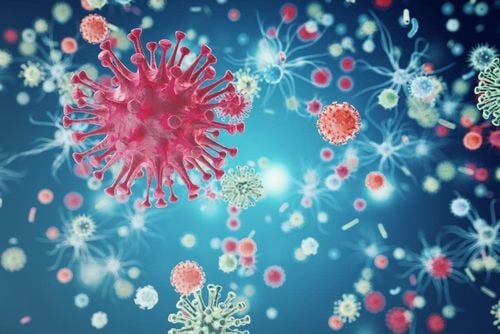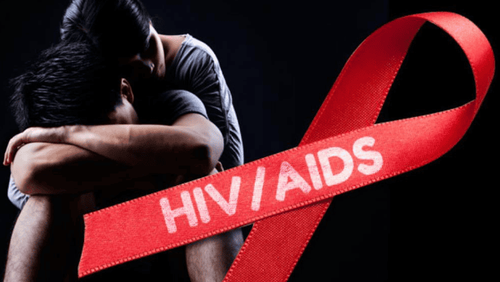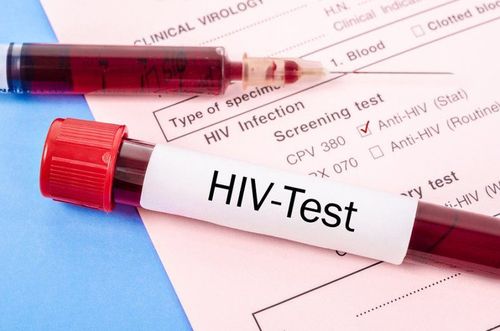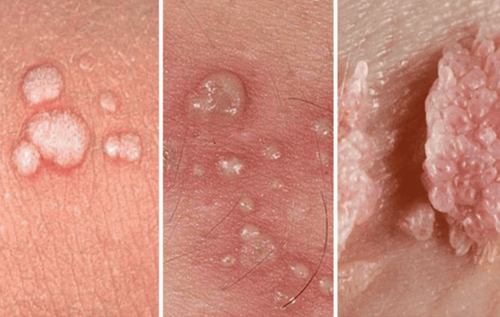This is an automatically translated article.
Almost everyone has heard of HIV and AIDS, yet very few people understand it properly. Mistakes in understanding about HIV/AIDS make us look at the unfortunate patient with this century's disease. The following article will provide you with basic knowledge to remember about HIV and AIDS.
1. What is HIV?
First, HIV is not a disease. HIV is the name of a virus that damages the body's immune system. If left untreated, HIV will infect and kill CD4 cells - a type of T lymphocyte immune cell. When HIV kills many CD4 cells, then the body's immune system is weakened, easily suffering from various infections and cancers.
2. How is HIV transmitted?
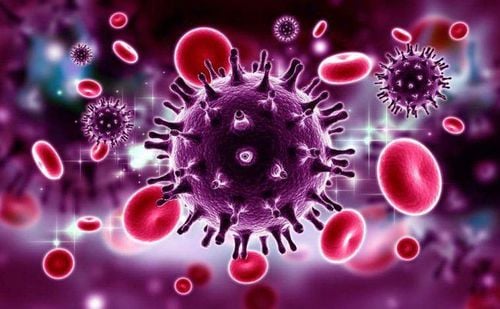
Virus HIV
HIV transmission is through bodily fluids including:
Blood; Sperm; Vaginal and rectal discharge; Mother milk. HIV infection occurs only when one or more of the infected person's fluids get into your bloodstream. This can happen through broken skin or the lining in the mouth, anus, penis, or vagina. Therefore, people often get HIV from:
Having unprotected sex with an infected person; Sharing syringes, needles, and other injection equipment; An HIV-infected mother can pass the virus to her baby before or during birth or while breastfeeding; It is possible to get HIV from an infected person's blood transfusion. Note that HIV is not transmitted by:
Skin-to-skin contact; Hug, shake hands or kiss; Air or water; Sharing food and drinks, including drinking fountains; Saliva, tears or sweat (except in cases where the blood of an HIV-infected person is mixed); Sharing toilets, towels, blankets; Mosquitoes or other insects. It is important to note that if a person with HIV is on treatment and has an undetectable viral load, it is virtually impossible to transmit the virus to others.
Anyone can get HIV, both men and women can transmit HIV. A person with HIV can feel fine and still be able to pass the virus on to others.
Healthcare workers are vulnerable to HIV exposure, for which they need to take special precautions. They can become infected with HIV after being poked with a needle that has HIV-infected blood in it, or after the infected, cut, or shot blood gets in the eye or inside the nose.
The best way to protect yourself from HIV is to avoid activities that put you at risk by:
Using condoms or other safety measures whenever you have sex - vaginal , rectally or orally; Do not inject drugs and do not share other people's needles; Some people at high risk for HIV need pre-exposure prophylaxis (PrEP).
3. What is AIDS?

AIDS là một căn bệnh có thể phát triển ở những người nhiễm HIV
AIDS is a disease that can develop in people with HIV. This is the most severe stage of HIV. But that doesn't mean a person with HIV will develop AIDS. Thus, a person with AIDS certainly has HIV, and a person infected with HIV does not necessarily have AIDS.
HIV virus kills CD4 cells. A healthy adult typically has a CD4 cell count of 500 to 1,500 cells/mm3. A person with HIV who has a CD4 cell count that falls below 200 cells/mm3 will be diagnosed with AIDS.
A person can also be diagnosed with AIDS if they have HIV and have an opportunistic infection or cancer that is rare in people without the HIV virus.
4. How does AIDS progress?
People with HIV, if left untreated, can progress to AIDS within 10 years. There is no cure for AIDS, and without treatment, the patient can live about three years. Survival may be shorter if the patient has serious opportunistic diseases. However, treatment with antiretroviral drugs can prevent AIDS from developing.
If AIDS develops, the body's immune system has been severely damaged. The immune system is so weakened that it cannot fight off most diseases and infections. This makes patients susceptible to a wide range of diseases, including:
Pneumonia; TB; Thrush, a fungal infection in the mouth or throat; Cytomegalovirus (CMV) infection with a herpes virus; Cryptococcal meningitis, a fungal infection in the brain; Brain infection caused by the parasite Toxoplasma gondii; Cancer, including Kaposi's sarcoma (KS) and lymphoma. The shortened life expectancy of untreated AIDS patients is a direct result of these syndromes. In other words, this is the result of diseases and complications arising from a weakened immune system due to AIDS.
Above are the basic knowledge about HIV and AIDS that you need to remember to be able to properly view this disease. It is because of the incomplete understanding of HIV and AIDS that has led to prejudice and discrimination of people towards unlucky patients with HIV and AIDS; At the same time, we do not have the right way to prevent disease.
Please dial HOTLINE for more information or register for an appointment HERE. Download MyVinmec app to make appointments faster and to manage your bookings easily.
Reference source: Web MD




